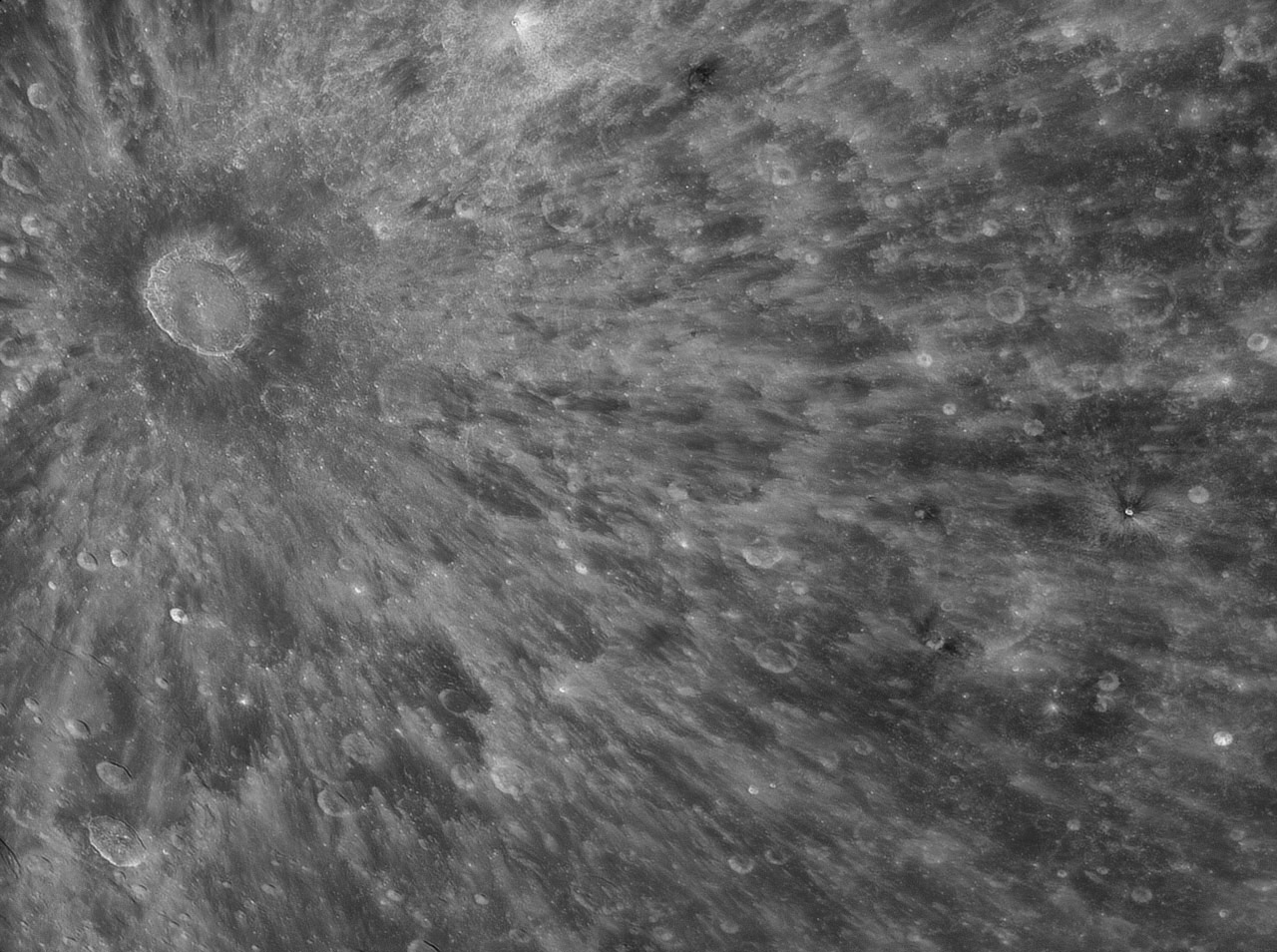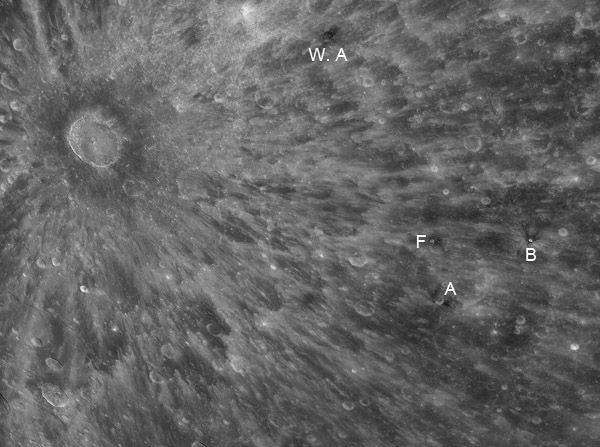Difference between revisions of "October 1, 2012"
| (5 intermediate revisions by the same user not shown) | |||
| Line 1: | Line 1: | ||
__NOTOC__ | __NOTOC__ | ||
=Whitewashed!= | =Whitewashed!= | ||
| + | <!-- Start of content --> | ||
<!-- ws:start:WikiTextHeadingRule:0:<h1> --> | <!-- ws:start:WikiTextHeadingRule:0:<h1> --> | ||
<!-- ws:start:WikiTextLocalImageRule:14:<img src="/file/view/LPOD-Oct1-12.jpg/369043312/LPOD-Oct1-12.jpg" alt="" title="" /> -->[[File:LPOD-Oct1-12.jpg|LPOD-Oct1-12.jpg]]<!-- ws:end:WikiTextLocalImageRule:14 --><br /> | <!-- ws:start:WikiTextLocalImageRule:14:<img src="/file/view/LPOD-Oct1-12.jpg/369043312/LPOD-Oct1-12.jpg" alt="" title="" /> -->[[File:LPOD-Oct1-12.jpg|LPOD-Oct1-12.jpg]]<!-- ws:end:WikiTextLocalImageRule:14 --><br /> | ||
| Line 9: | Line 10: | ||
<td><!-- ws:start:WikiTextLocalImageRule:15:<img src="/file/view/LPOD-Oct1-12b.jpg/369072414/LPOD-Oct1-12b.jpg" alt="" title="" /> -->[[File:LPOD-Oct1-12b.jpg|LPOD-Oct1-12b.jpg]]<!-- ws:end:WikiTextLocalImageRule:15 --><br /> | <td><!-- ws:start:WikiTextLocalImageRule:15:<img src="/file/view/LPOD-Oct1-12b.jpg/369072414/LPOD-Oct1-12b.jpg" alt="" title="" /> -->[[File:LPOD-Oct1-12b.jpg|LPOD-Oct1-12b.jpg]]<!-- ws:end:WikiTextLocalImageRule:15 --><br /> | ||
</td> | </td> | ||
| − | <td>Tycho acted like a giant spray paint can, spewing white across the Moon. Just beyond Tycho the coverage was nearly complete, but beyond about one to two crater diameters the pulverised bright ejecta travelled as streamers, leaving progressively more underlying surface uncovered with distance. But in this area probably everywhere received at least a dusting. Which makes it all the more remarkable that some small areas of darkness seem to overlay the 100 million year old rays. One previously discussed example is the crater [ | + | <td>Tycho acted like a giant spray paint can, spewing white across the Moon. Just beyond Tycho the coverage was nearly complete, but beyond about one to two crater diameters the pulverised bright ejecta travelled as streamers, leaving progressively more underlying surface uncovered with distance. But in this area probably everywhere received at least a dusting. Which makes it all the more remarkable that some small areas of darkness seem to overlay the 100 million year old rays. One previously discussed example is the crater [[June_10,_2005|Buch B]], the small bright crater with spindly dark rays near the center of the right edge. [http://www2.lpod.org/wiki/April_7,_2010 Two years ago] similar dark splash deposits were discovered at Maurolycus A and F. With Dmitry's image we can add another dark spot associated with the crater Walther A (W. A). In this case the dark material is on the north side of the crater A, and on the LRO [http://target.lroc.asu.edu/da/qmap.html?mv=eqc&mcx=23917.81288&mcy=-979794.02732&mz=9 QuickMap] a slightly dark mantle can be seen draped over topography. B. Ray Hawke and his colleagues interpreted the Buch B dark material as ejecta that the crater B excavated from a pluton of iron rich rock. This is material similar to what formed the maria. The pluton was undoubted ancient, 3 billion years or sp, but the crater B was younger than Tycho. The craters A, F and W. A presumably had the same origin. If so there were at least four plutons in this section of th highlands and it is surprising that more young impacts didn't excavate more dark debris. Oh, did you notice the bright oblique impact feature to the upper left of Walther A? That is the crater that makes Cassini's Bright Spot. Dmitry's image even shows the small crater's [http://target.lroc.asu.edu/da/qmap.html?mv=eqc&mcx=-134932.67963&mcy=-1000734.86378&mz=11 dark floor]. <br /> |
<br /> | <br /> | ||
<em>[mailto:tychocrater@yahoo.com Chuck Wood]</em><br /> | <em>[mailto:tychocrater@yahoo.com Chuck Wood]</em><br /> | ||
| Line 17: | Line 18: | ||
<br /> | <br /> | ||
<strong>Related Links</strong><br /> | <strong>Related Links</strong><br /> | ||
| − | Rükl plate [ | + | Rükl plate [https://the-moon.us/wiki/R%C3%BCkl_66 66]<br /> |
Dmitry's [http://www.makolkin.ru/Gallery/gallery.html website]<br /> | Dmitry's [http://www.makolkin.ru/Gallery/gallery.html website]<br /> | ||
</td> | </td> | ||
</tr> | </tr> | ||
</table> | </table> | ||
| + | <p><b>Yesterday's LPOD:</b> [[September 30, 2012|Cloudsourcing Vents]] </p> | ||
| + | <p><b>Tomorrow's LPOD:</b> [[October 2, 2012|Linear Mystery]] </p> | ||
<hr /> | <hr /> | ||
| − | + | {{wiki/ArticleFooter}} | |
| − | |||
| − | |||
| − | |||
| − | |||
| − | |||
| − | |||
| − | |||
| − | |||
| − | |||
| − | |||
| − | |||
Latest revision as of 07:35, 28 October 2018
Whitewashed!

image by Dmitry Makolkin, Moscow, Russia
 |
Tycho acted like a giant spray paint can, spewing white across the Moon. Just beyond Tycho the coverage was nearly complete, but beyond about one to two crater diameters the pulverised bright ejecta travelled as streamers, leaving progressively more underlying surface uncovered with distance. But in this area probably everywhere received at least a dusting. Which makes it all the more remarkable that some small areas of darkness seem to overlay the 100 million year old rays. One previously discussed example is the crater Buch B, the small bright crater with spindly dark rays near the center of the right edge. Two years ago similar dark splash deposits were discovered at Maurolycus A and F. With Dmitry's image we can add another dark spot associated with the crater Walther A (W. A). In this case the dark material is on the north side of the crater A, and on the LRO QuickMap a slightly dark mantle can be seen draped over topography. B. Ray Hawke and his colleagues interpreted the Buch B dark material as ejecta that the crater B excavated from a pluton of iron rich rock. This is material similar to what formed the maria. The pluton was undoubted ancient, 3 billion years or sp, but the crater B was younger than Tycho. The craters A, F and W. A presumably had the same origin. If so there were at least four plutons in this section of th highlands and it is surprising that more young impacts didn't excavate more dark debris. Oh, did you notice the bright oblique impact feature to the upper left of Walther A? That is the crater that makes Cassini's Bright Spot. Dmitry's image even shows the small crater's dark floor.
|
Yesterday's LPOD: Cloudsourcing Vents
Tomorrow's LPOD: Linear Mystery
COMMENTS?
Register, Log in, and join in the comments.



